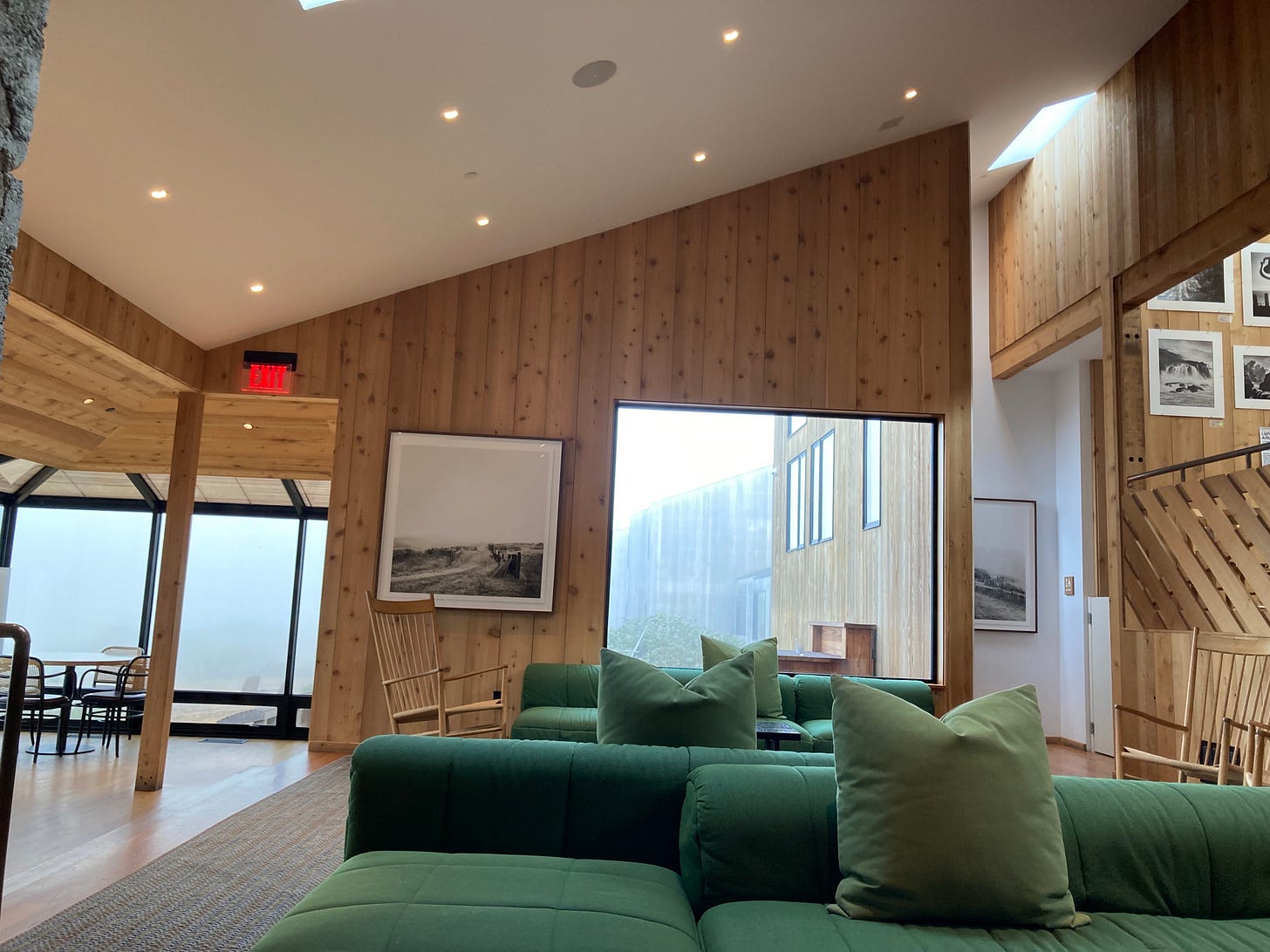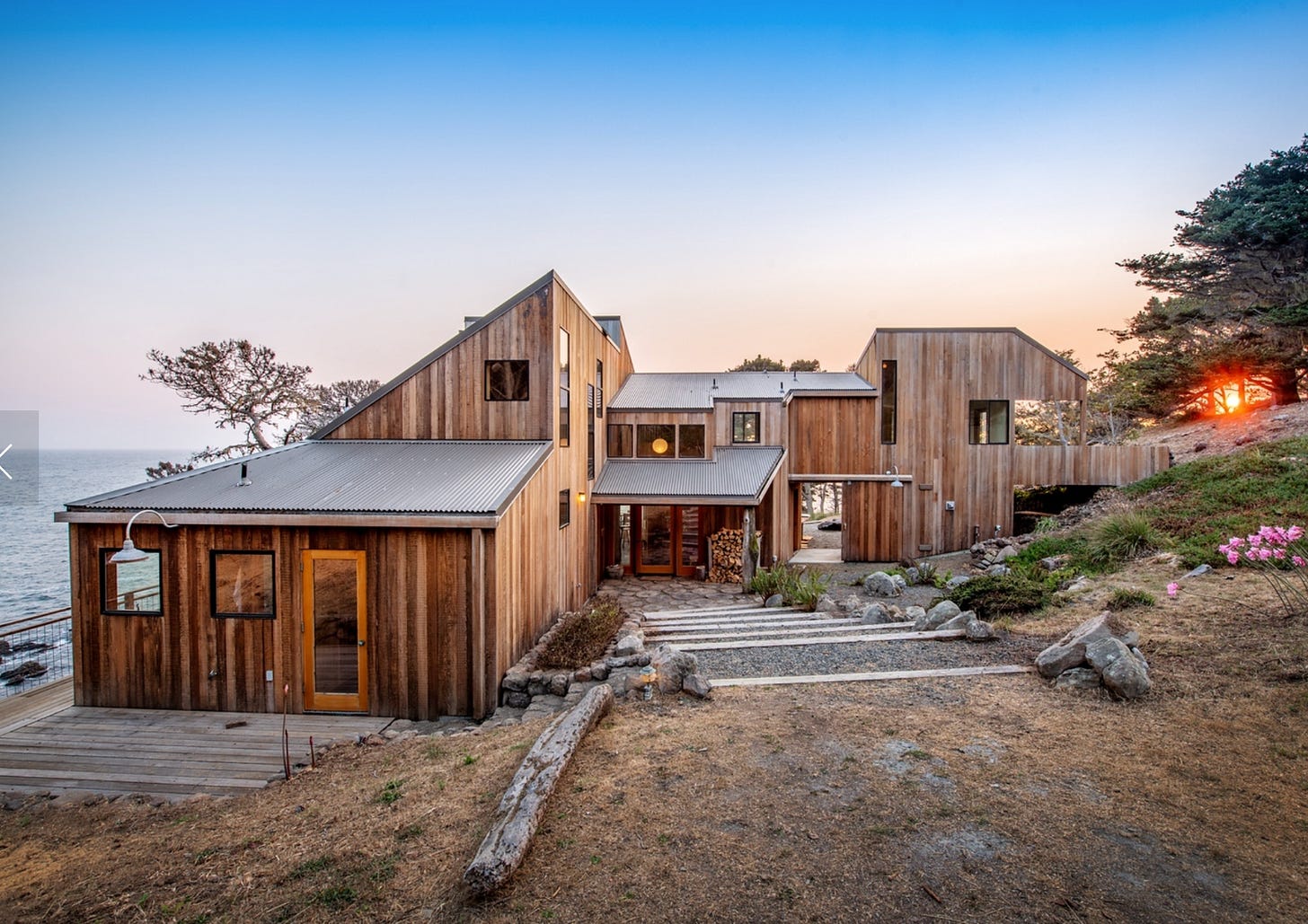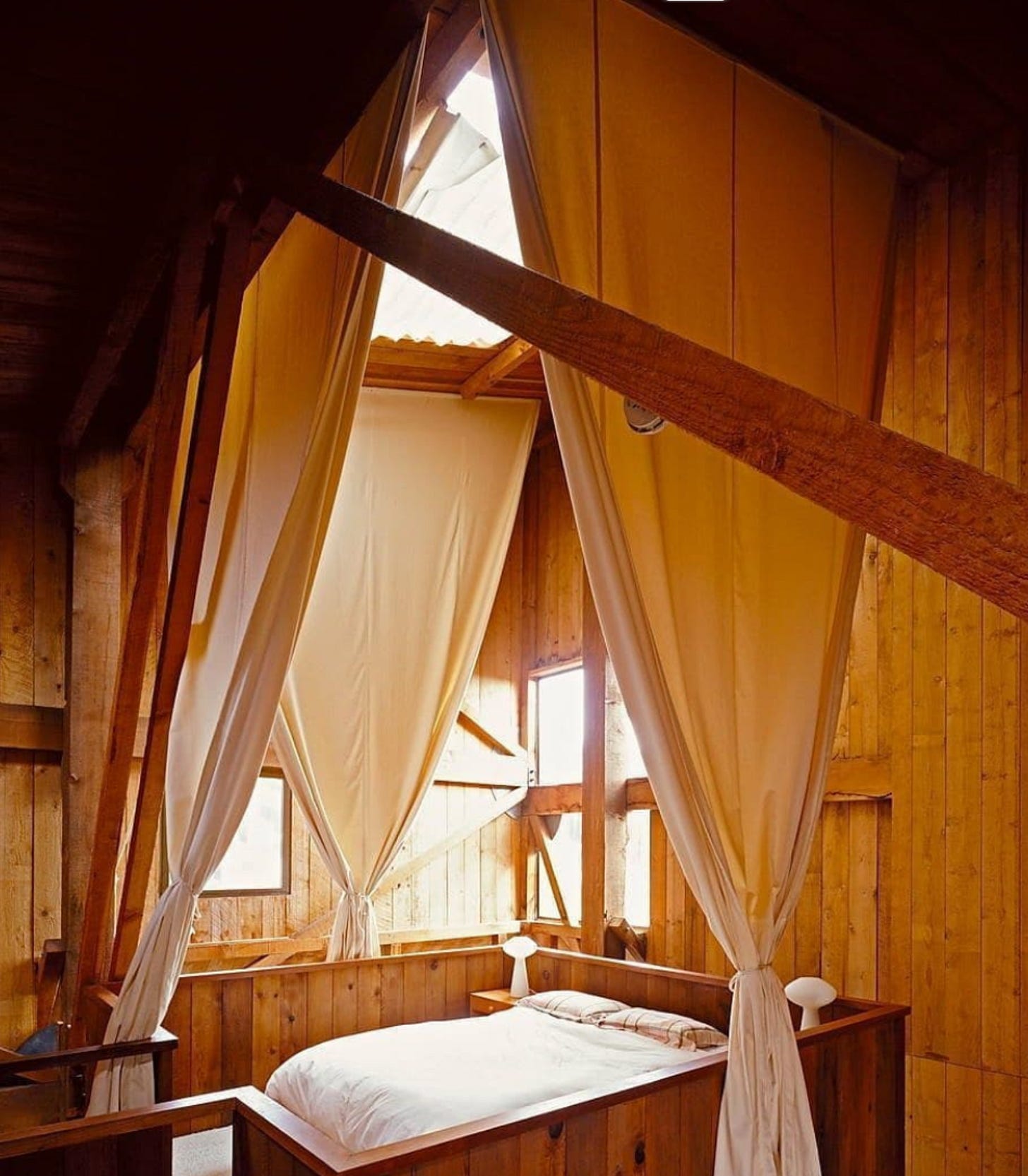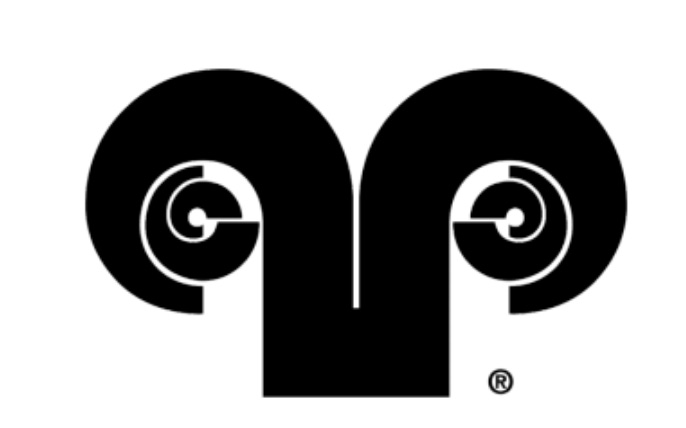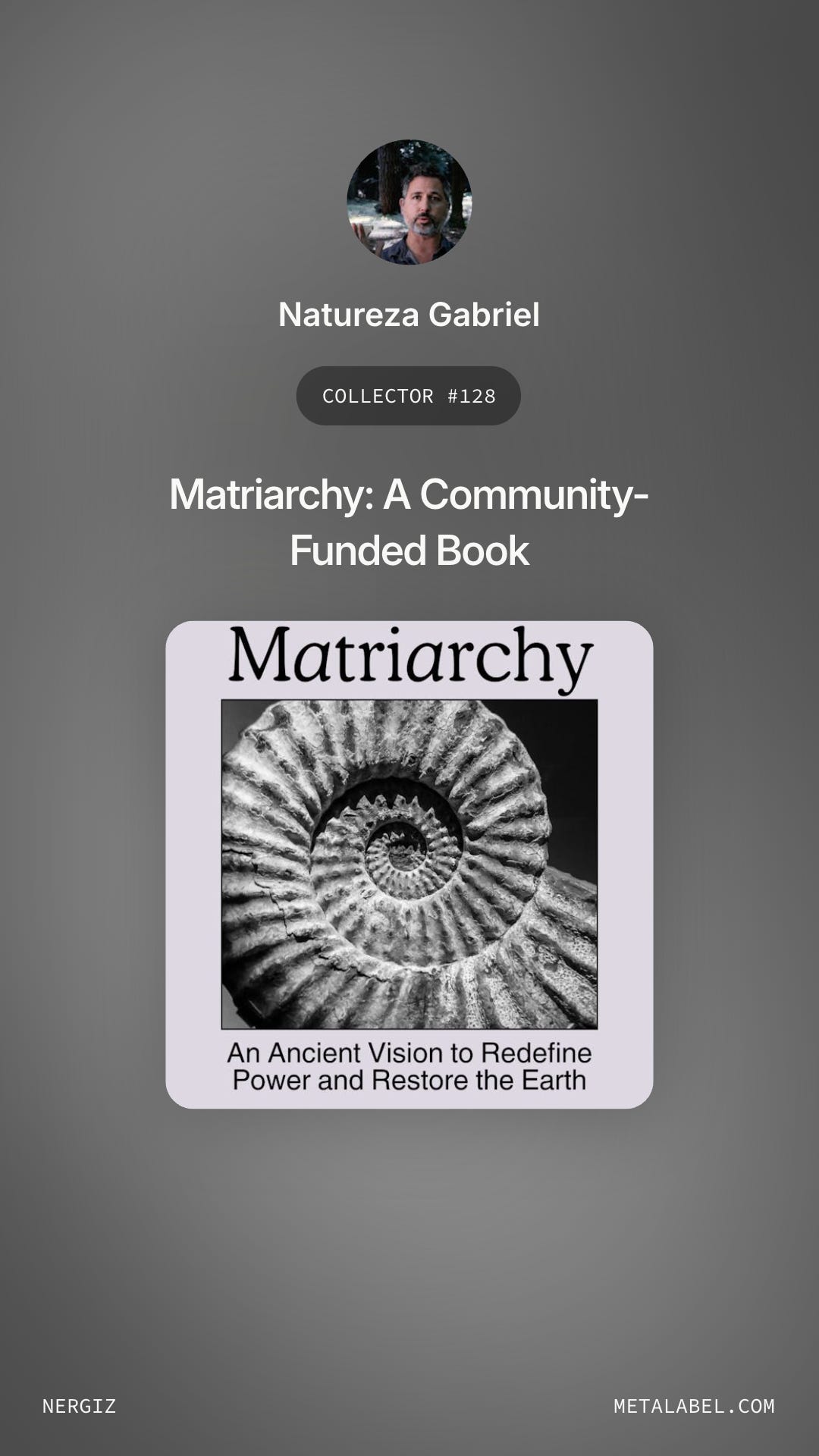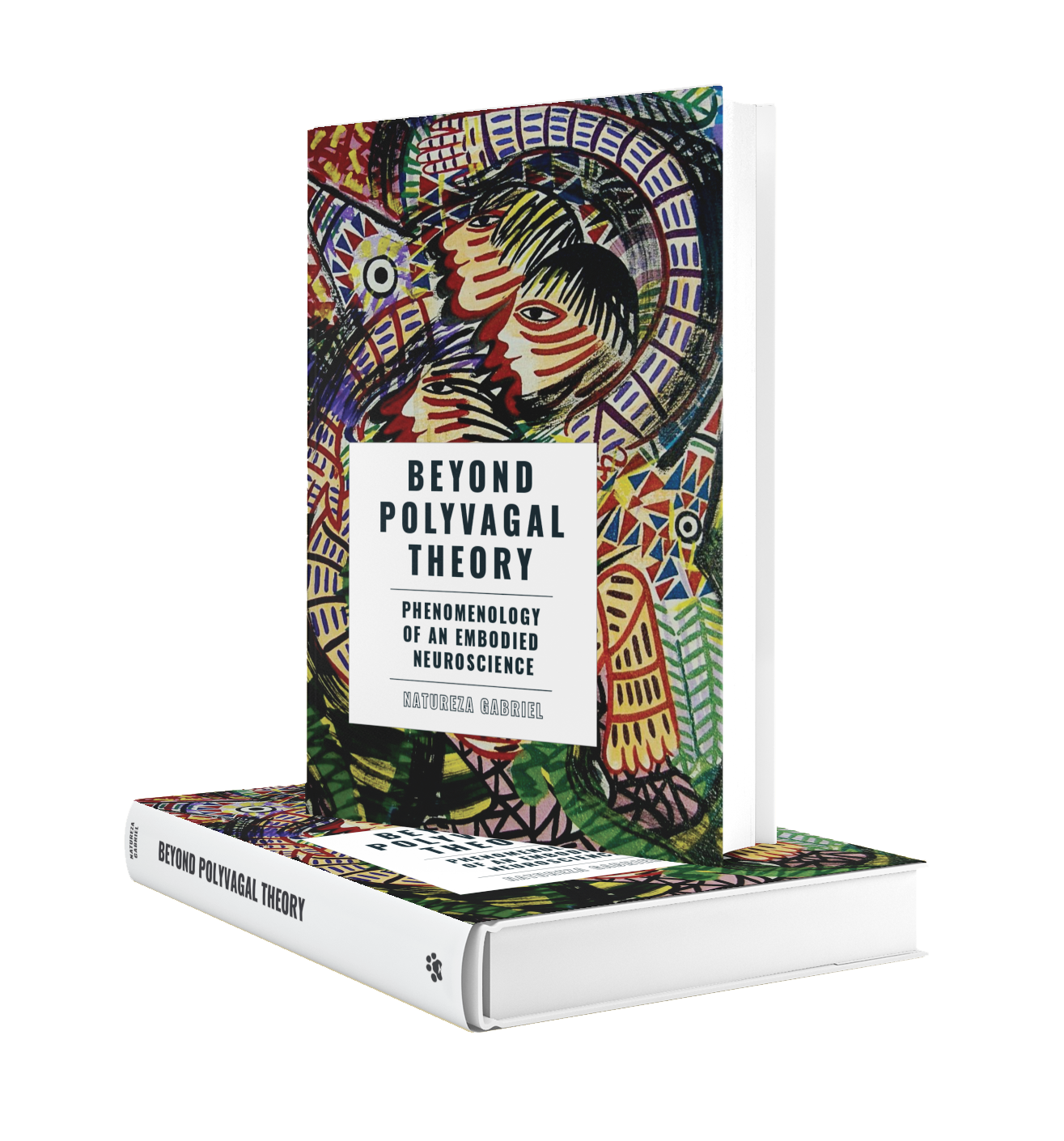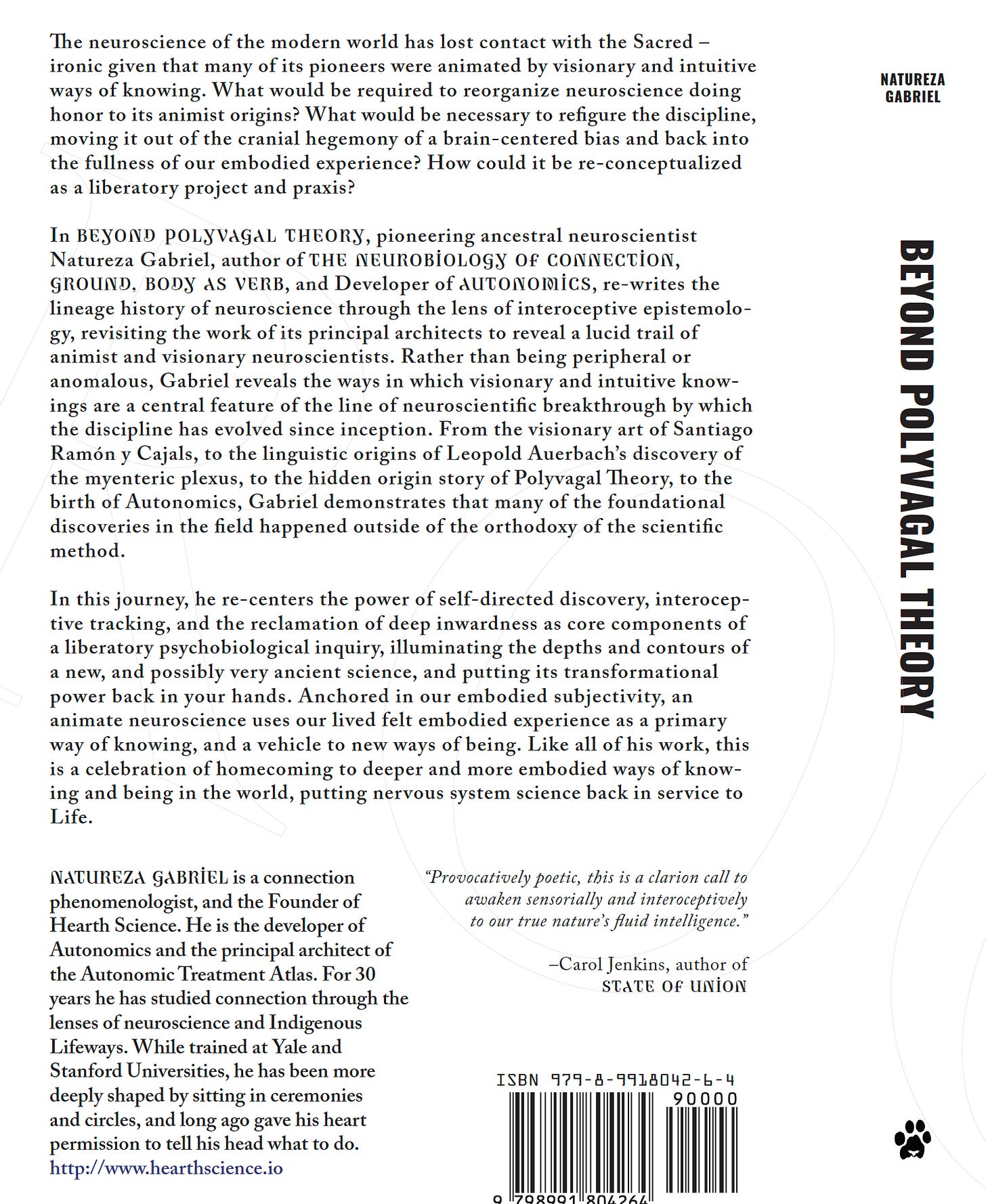Things I think are interesting right now
Yo.
We had the inaugural session of our Practitioner Monthly Training Series last Saturday. I was in Sea Ranch, on the Sonoma Coast. As I was reminded on this visit, the architecture makes it hard not to think (and feel) in new ways. Whenever – and I literally mean each and every damn time – that I visit the lodge (pictured below) I find that the physical and built environment changes how I am thinking.
This seems to me a concretization of the reality of spaces either facilitating or inhibiting the proper intuitions of relatedness.
The build out at our eco-reserve is an exploration of this, and every time I visit Sea Ranch I take notes. Many of them are on little details of the built environment, like the wall sconces that provide illumination. Or the drainage for a water fountain that was a circular cut-out in a wooden butcher’s block covered with a copper mesh screen. (I should have snapped a photo.)
Below is a the ocean-front home of the landscape designer Lawrence Halpern, whose grandson is a homie of mine. It is largely his aesthetic genius that has permeated the relationship of these structures to their elemental surroundings.
You just sort of feel weirdly better there than in most buildings… it is not accidental. Materials are almost exclusively natural, forms echo the Living World.
Yet I possibly digress. Or ingress. Or involute. Or something. Here’s the Sea Ranch logo, which someone working there explained to me is a hybrid of ram horns, the fibonacci spiral, and a chambered nautilus. For me? Not so much a fan. Looks a bit busy. Reminds me of the eye stalks of a cartoon snail.
But that same image graces the cover of this book from a young Azerbaijani writer who I think is interesting. She’s writing a book on MATRIARCHY, and struggling to live into this in a way that I recognize at a molecular level.
She’s a good writer, and this is deeply important stuff. If you have the inclination to support her work, the digital download is available for only $15.
Last year I trained with Olivia Barber, who has been studying, thinking about, and exploring the intersection of nervous system science and movement in interesting ways for many years.
From Friday September 12- Sunday September 14, 2025, she is teaching a retreat grounded in our Foundation Model of Autonomics intersected with Gabrielle Roth’s work in 5Rhythms. She presented this synthesis as her final seminar project, and it is really interesting. For those of you with a background in dance, yoga, or somatic movement, this could be a really cool way to enter into contact with some of our framing of the ANS, join her and the community in Santa Cruz around her work, and meet like-minded folks. We don’t have a marketing affiliate relationship or some corny shit like that, I just think what she is doing is cool. She is smart and dedicated and for her this work is deeply personal: all qualities I relate to and admire. The retreat is also very reasonably priced. Should you wish to learn more and register, you can use this link:
Finally, I’ve just reviewed the proof for BEYOND POLYVAGAL THEORY: Phenomenology of an Embodied Neuroscience.
When we published The Neurobiology of Connection, I dealt with a fairly major backlash from the Polyvagal Theory community, which was kind of bizarre, since they should have been shouting Hallelujah! and thanking us. I have always said Stephen Porges, PhD is a genius. I’ve also been saying for the past several years that PVT is incomplete. This wasn’t something I set out to prove. It came to us as the result of clinical data.
Some of this incompleteness precedes Porges by hundreds of years, and is because traditional neuroscience is replete with foundation errors. The book was how I metabolized the backlash. I’m very pleased with it, and excited about its release, which happens in October. I’ll let the back of the book speak for itself. The cover image is from the Brazilian plastic arts maestro Chico Liberato, who I had the great happiness to know, and whose work we have been collecting since 2006. He is one of the great plastic artists of the 20th century: a master. Someday his work will be better known in North America.



